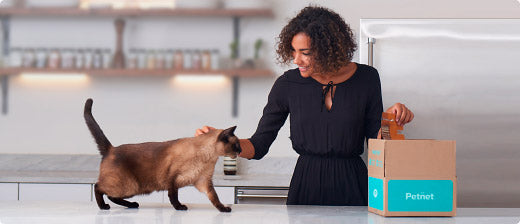This week in our series on Getting to Know Your Dog Breed we are featuring the Pembroke Welsh Corgi. The Corgi has been steadily gaining popularity in recent years, moving up 10 spots in the AKC Most Popular Breeds to #15 in 2018.
Life expectancy: 12 - 14 years
Size: The Corgi is a small to medium breed, weighing around 28-30 lbs. They may seem smaller because of their short legs. They stand only 10-12” tall.
Color: The Pembroke Welsh Corgi’s coloring may be black and tan, sable, red or fawn with white markings. The are noted for their short somewhat stubby legs and differ from their cousins the Cardigan Welsh Corgi in their coloring as well as their pointed ears and stubby, docked tail.
Origins: The Pembroke Welsh Corgi originated in Wales, England some 1,000 years ago. They are herding dogs, known for their farm and ranch work. Legend has it that Corgis were used by fairies to pull carts, herd cattle and were even ridden into battle. It’s more likely they are descendants of Flemish Schipperkes and Pomeranians brought into Wales by Flemish weavers in the 10th century.
They were developed in Pembrokeshire, Wales and first recognized as an independent breed by the English Kennel Club in the 1920’s.
Personality: The Pembroke Welsh Corgi makes a great family dog. They are loyal, sensitive, intelligent and respond well to positive training. They make good watchdogs although they can be a bit territorial and they love to bark. They are very social and want to be part of the action, whatever their family is doing, they want to be in the center of the action.
Corgi’s are not without issues and may be a little bossy, so they need firm and consistent training in order to be a great family pet.
Health Issues: Corgi’s do have a propensity for several eye problems to be aware of, including progressive retinal atrophy (PRA), retinal dysplasia and persistent pupillary membranes. Pembrokes may also be prone to hip dysplasia and intervertebral disc disease (IVDD) due to their long back.
One of the more serious diseases to impact the Pembroke is degenerative myelopathy (DM). This is a progressive type of paralysis that cannot be cured. Fortunately, there is a DNA test to detect for this disease and any reputable breeder will be able to provide the test results.
Fitness/energy level: Despite their short legs, Corgi’s are quite athletic and enjoy their daily dose of exercise. They make great agility dogs, they enjoy swimming and are certainly natural herders. They have a fairly high energy level and so require a good amount of daily exercise.
Native foods for the Pembroke Welsh Corgi:
- Venison
- Rabbit
- Duck
- Salmon
Good foods to feed your Pembroke Welsh Corgi:
Wellness™ Complete Health Complete Health Limited Ingredient Salmon & Potato
Instinct™ Original Original Real Rabbit
Nature's Variety™ Instinct Bites Venison
Fun facts about the Pembroke Welsh Corgi:
The Pembroke Welsh Corgi gained fame in 1933 when the future Queen Elizabeth was given her first Corgi by her father the King. His name was Dookie.
The Queen has owned more than 30 Corgi’s since taking the throne in 1952. Her last Corgi, Willow, passed away in April 2018. It has been reported that the Queen did not want to leave any of her Corgi’s behind after her death and has stopped breeding the dogs.
The word “Corgi” supposedly means “dwarf dog” in Welsh.
Sources:
https://www.akc.org/dog-breeds/pembroke-welsh-corgi/
http://pwcca.org/about-pembrokes/
http://www.vetstreet.com/dogs/pembroke-welsh-corgi
https://www.telegraph.co.uk/news/uknews/theroyalfamily/11738382/Queen-stops-breeding-corgis-as-she-doesnt-want-to-leave-any-behind.html





 General
General
 General
General
 General
General
